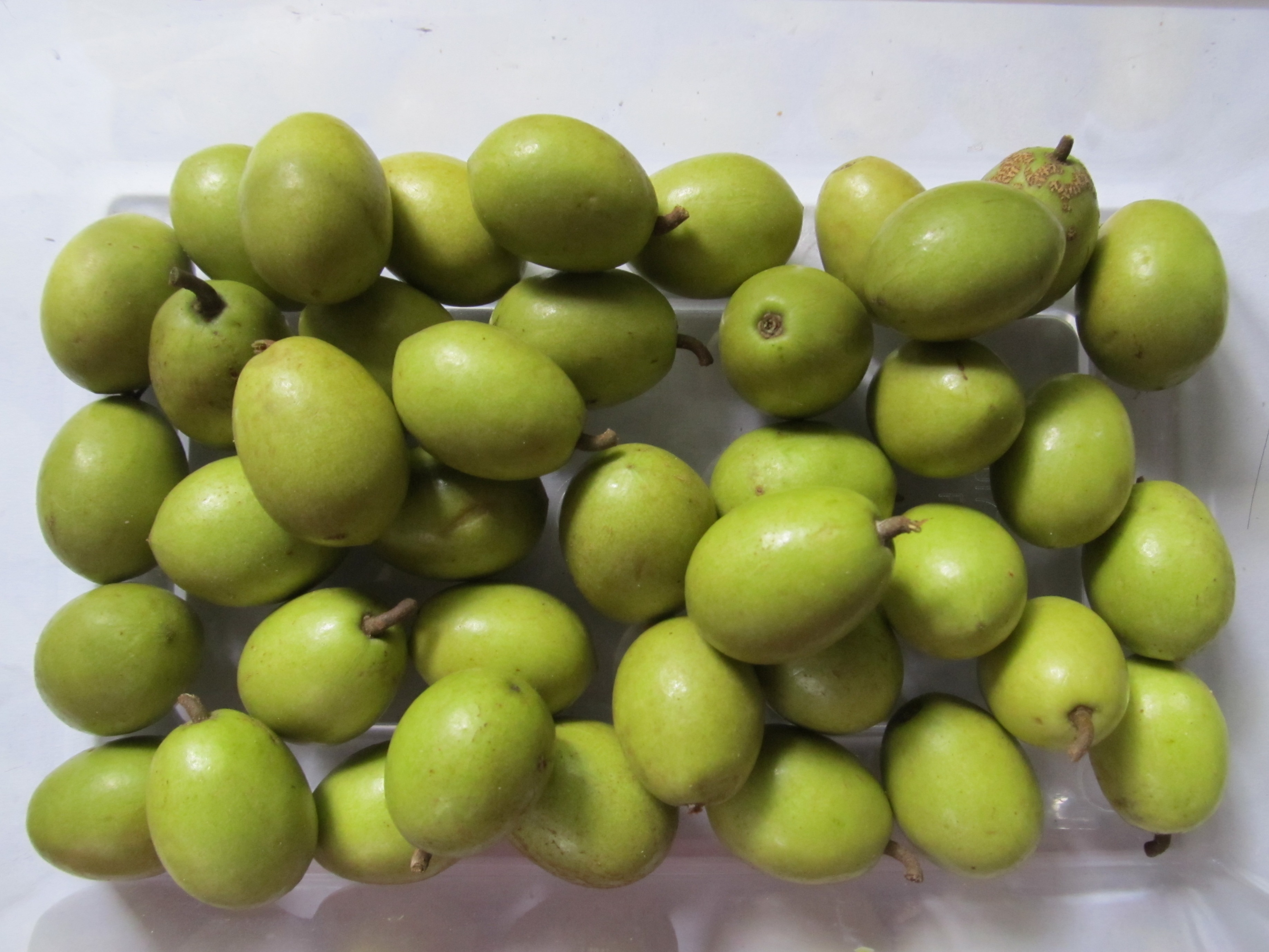Description
Elaeocarpus serratus is a tropical flowering plant in the family Elaeocarpaceae. It is a medium to large tree, with white flowers. It has a disjunctive distribution, with the species occurring in Sri Lanka and southern India, and in Assam, Bangladesh, and other parts in the north of the Indian subcontinent. The fruit is commonly eaten, and people also use the plant for ornamental, religious, and folk medicinal purposes. There are historical records of the use of plants in traditional medicine.
It is a medium-sized tree that bears smooth oval green fruits about 2.5 cm long. Recommended varieties are local cultivars (round and oval fruits). It has a brown seed inside the fruit. The seed has a hard outer shell. The seeds are slow for germination and can take up to 2 years. The wood is whitish yellow.
Planting requirements
Planting season: Tropical or subtropical climates are most suitable. Specific planting seasons are not available.
Planting conditions:
| Propagation | Direct seeding, budding, grafting |
|---|---|
| Planting method | Seeds from ripe fruits are cleaned and planted in a nursery, germinating in 3-9 months. Alternatively, 4-6 inch cuttings can be rooted in nurseries. Transplant into 2-3m spaced pits filled with equal parts dung/compost, topsoil, and sand. However, grafting is considered the most suitable method and the wedge grafting method is thought to be the most successful |
| Soil | Well-draining soil is ideal |
| Water | Must be watered regularly to maintain soil moisture. Do not overwater |
| Light | Partial sunlight in early stages of growth |
Growing conditions:
| Temperatures | Ideally tropical or subtropical temperatures |
|---|---|
| Soil | Well-draining soil is ideal |
| Water | Water regularly but do not overwater. Use soil moisture as a guide |
| Pruning | Essential for maintaining the tree's structure, enhancing light penetration, and improving air circulation within the canopy |
| Weed Control | Effective weed control is crucial, especially for young Ceylon Olive trees, as weeds compete for nutrients and water |
Harvesting
8-9 years for direct seeded trees. 3-4 years for budded and grafted trees. A tree can produce between 60 to 100 kilograms of fruit every year.
Curing
Veralu does not require a curing stage.
Storage
Store fresh veralu in the refrigerator, ideally in a perforated plastic bag to allow airflow while maintaining humidity.
Protecting your plants
Pest Control
Pest type:
- Leaf rollers (in young saplings)
Symptoms:
- Leaves curled into trumpet shapes and secured with silken threads; edges of the leaves chewed away
Control method:
- Use organic insecticides
Disease Control
Disease type:
- Fungal infections (uncommon, but possible in humid tropical climates)
Symptoms:
- Leaf discoloration and wilting
- Yellowing leaves
- Wilting due to root rot or other fungal issues (exacerbated by excessive moisture)
Management:
- Ensure well-drained soil to prevent waterlogging
- Apply organic fungicides if necessary
- Practice crop rotation
- Remove any infected plant material to reduce disease spread
Note: Mature plants are generally not very susceptible to diseases.
Sources
In addition to our General List of Sources (link), we used these specific references:
